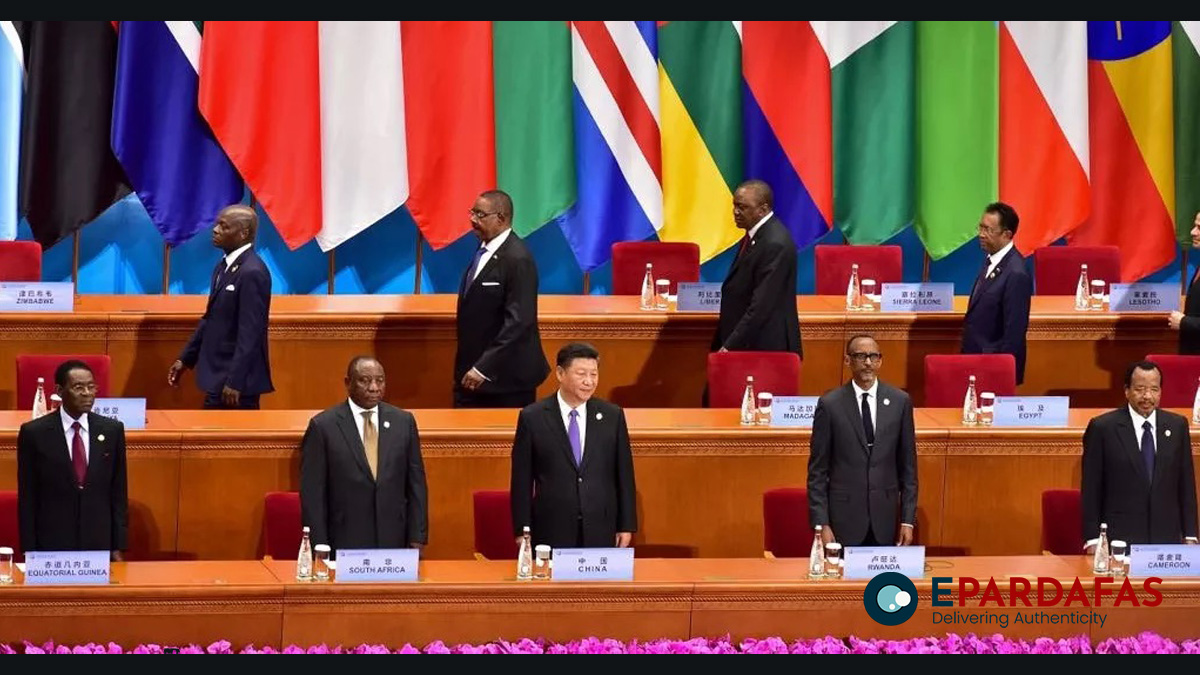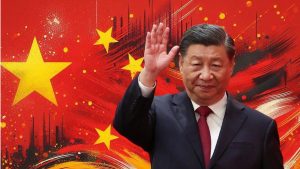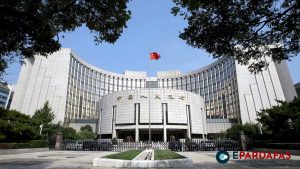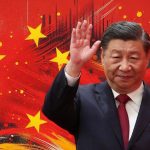
China’s Belt and Road Initiative in Africa: Infrastructure, Development, and Debt
China’s Belt and Road Initiative (BRI), a decade-old multibillion-dollar project, has seen participation from approximately 150 countries, primarily across Africa. While the BRI has facilitated the development of roads, railways, and infrastructure in many of these nations, it has also raised concerns about rising debt burdens. This article explores the impact of the BRI in Kenya, Zambia, and other African countries, highlighting the opportunities and challenges posed by China’s ambitious initiative.
Kenya’s Standard Gauge Railway (SGR): A Beacon of Success and Controversy
Kenya’s Standard Gauge Railway (SGR), inaugurated six years ago, was lauded as a significant triumph, significantly reducing travel times between cities. Previously, the journey from Mombasa to Nairobi consumed up to 10 hours, but now it takes only five to six hours. Commuters on the SGR, especially business travelers, appreciate the convenience it offers.
While passengers appreciate the transportation efficiency, some have voiced discomfort with the economy class seating. Nonetheless, they emphasize the safety of the SGR as a mode of transport and praise the stunning landscapes it provides, including glimpses of wildlife, such as antelopes, elephants, and zebras.
Kenya financed the construction of railway lines connecting the port city of Mombasa to Nairobi and Nairobi to Naivasha by borrowing approximately $5 billion from China. These railway lines are part of Chinese President Xi Jinping’s ambitious foreign policy agenda, aiming to establish a global infrastructure, trade, and telecommunications network, with a specific objective of connecting Kenya to neighboring countries, including Uganda, Rwanda, and South Sudan.
Kenyan economist Victor Kimosop recognizes the benefits of the BRI project, especially in terms of cargo and goods transportation. However, he highlights potential areas for improvement, such as the repayment terms and compensation models. Kimosop suggests that the repayment period, spanning 20 to 30 years, is ambitious and might require reconsideration. Additionally, he points out that the compensation model can lead to high development costs and vulnerability to corruption.
During the construction phase, critics expressed concerns about the SGR’s potential impact on wildlife, particularly as the railway traverses Nairobi National Park, raising environmental conservation issues.
Kenya’s Deputy President Rigathi Gachagua announced plans for President William Ruto’s upcoming visit to China, including a request for an additional $1 billion loan to complete stalled road construction projects and extend the maturity periods of existing loans.
African Nations and the BRI: Challenges and Opportunities
African nations are seen as natural partners in China’s BRI, primarily due to their growing populations and pressing need for infrastructure development. Africa’s demand for roads, railways, and ports aligns with China’s expertise and resources. Moreover, Africa offers essential resources, such as copper and cobalt, vital for China’s manufacturing sector.
Countries like Ethiopia and Zambia have embraced massive Chinese-built infrastructure projects. However, Zambia has struggled to manage the debt burden resulting from these ventures and became the first nation to default on its debt during the COVID-19 pandemic. Zambia’s President Hakainde Hichilema has sought to restructure the nation’s loans with China and engaged in discussions with Chinese leadership.
Criticism from the West has revolved around China’s lending practices to economically challenged countries, emphasizing the need for debt relief for nations grappling with unsustainable debts. U.S. Treasury Secretary Janet Yellen has emphasized the urgency of addressing these concerns.
While some portray China as actively ensnaring nations in debt traps, analysts argue that this narrative oversimplifies a more complex reality. Many countries joined the BRI during a period of robust economic growth, not anticipating the challenges that lay ahead. Factors such as the COVID-19 pandemic, which disproportionately affected the developing world, and global economic shocks, including the war in Ukraine, have impacted economic fundamentals, particularly for African countries, major importers of food and oil.
Recent studies indicate that China’s lending to Africa has declined to the lowest levels in two decades. While the BRI remains a central feature of China’s foreign policy, Beijing may be shifting its focus towards smaller investments as the international economic landscape evolves.
In conclusion, the Belt and Road Initiative has brought both opportunities and challenges to African nations, with diverse impacts across different countries. While the BRI holds significant potential for infrastructure development, transportation, and trade, addressing issues like realistic repayment terms and compensation models is crucial. As Africa adapts to evolving global dynamics and the changing landscape of development, nations must navigate the complex journey of debt, investment, and economic growth.














Comments